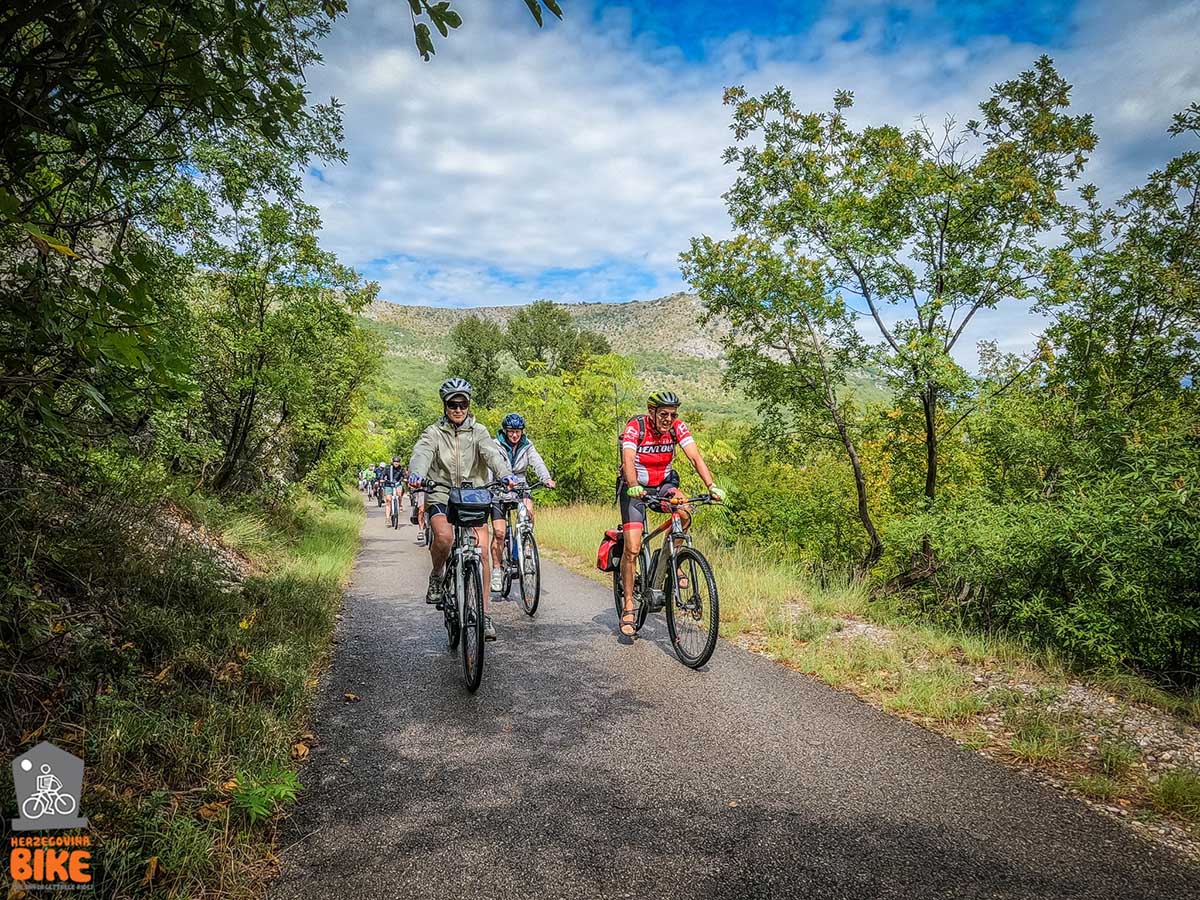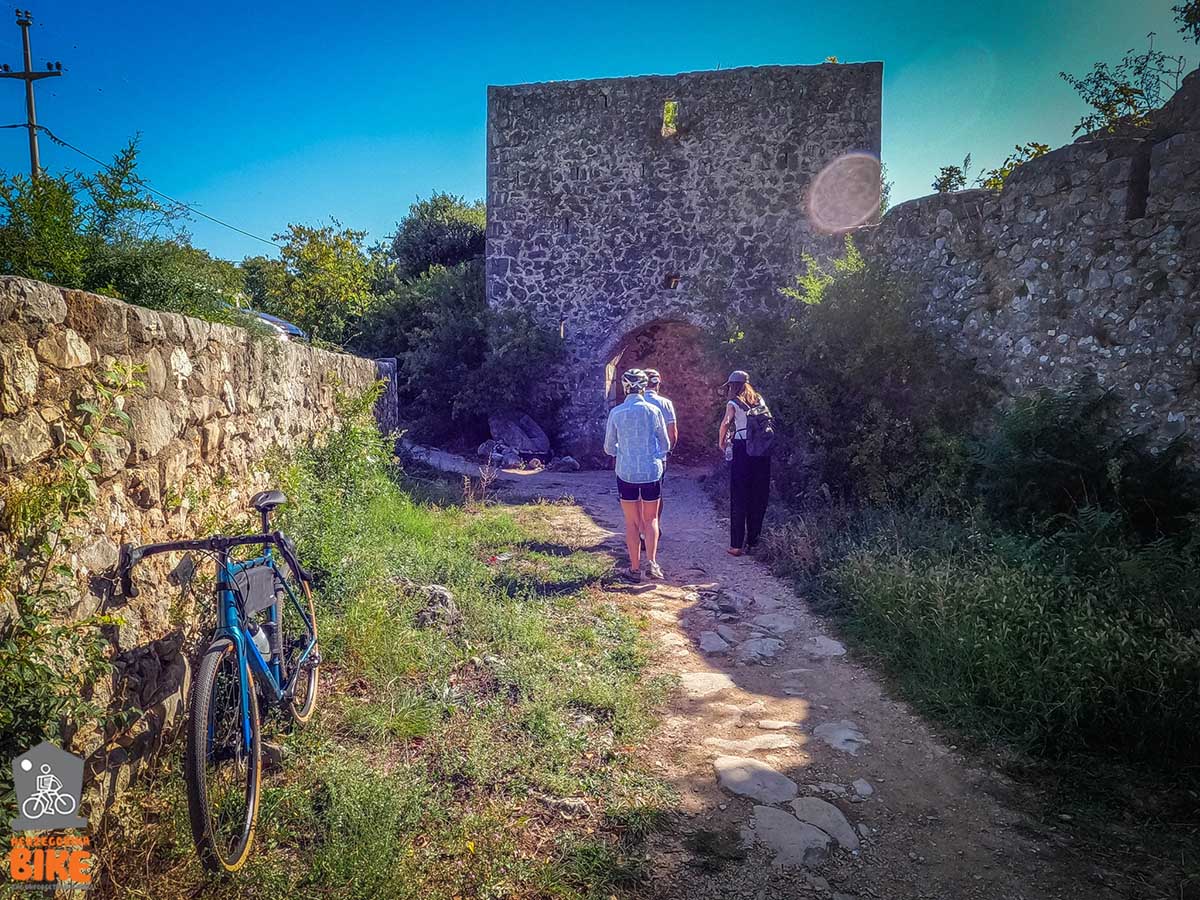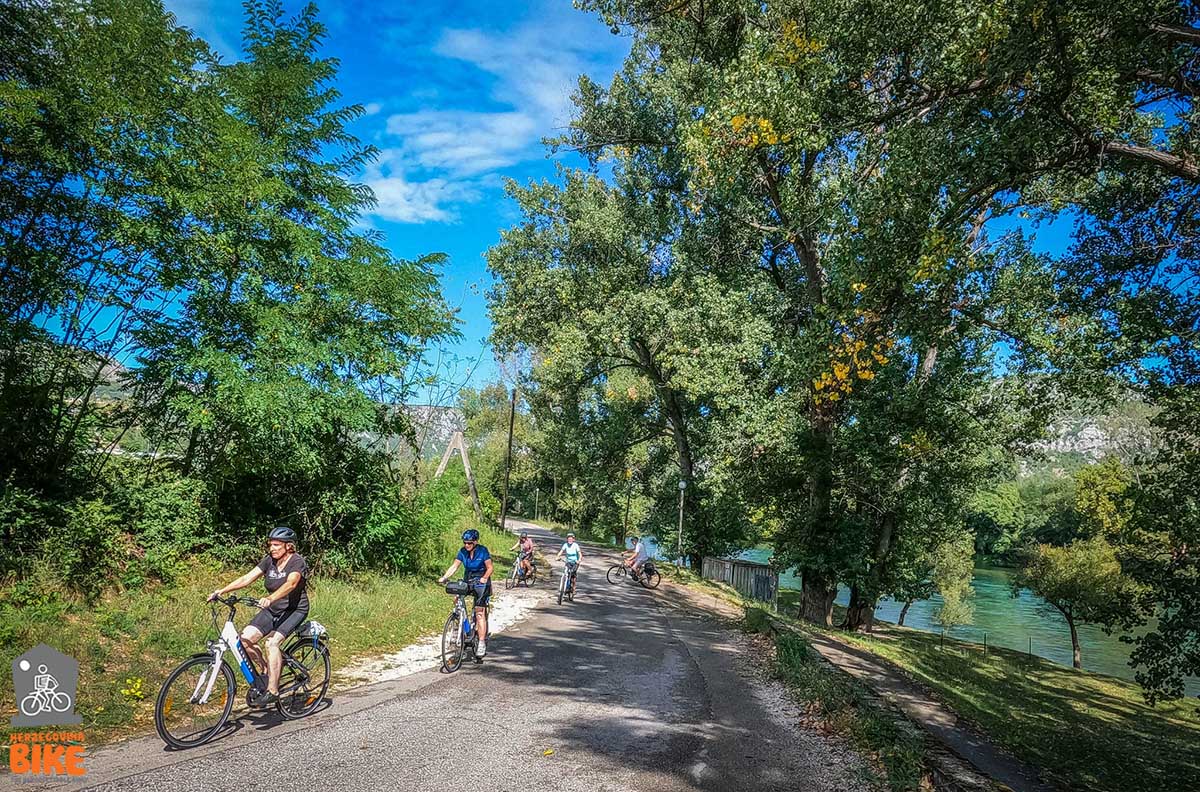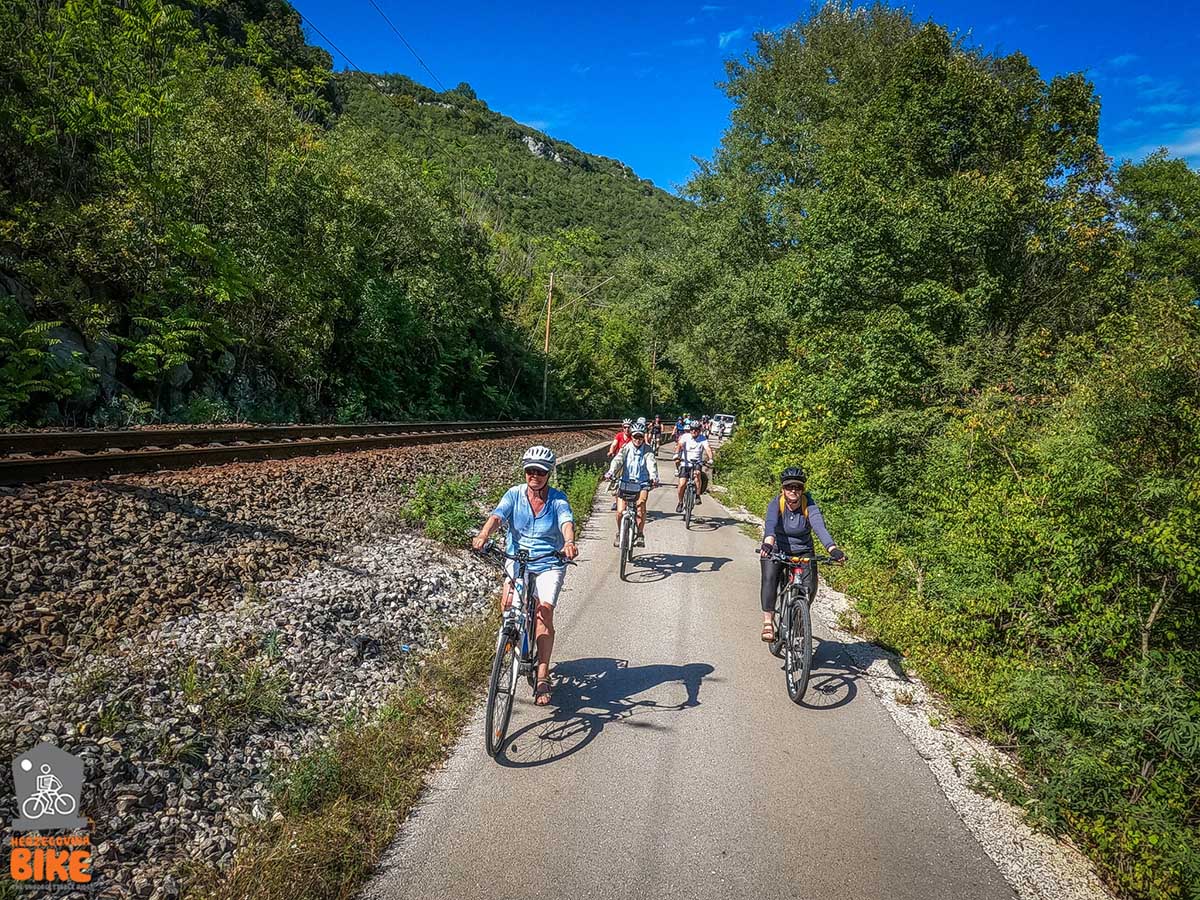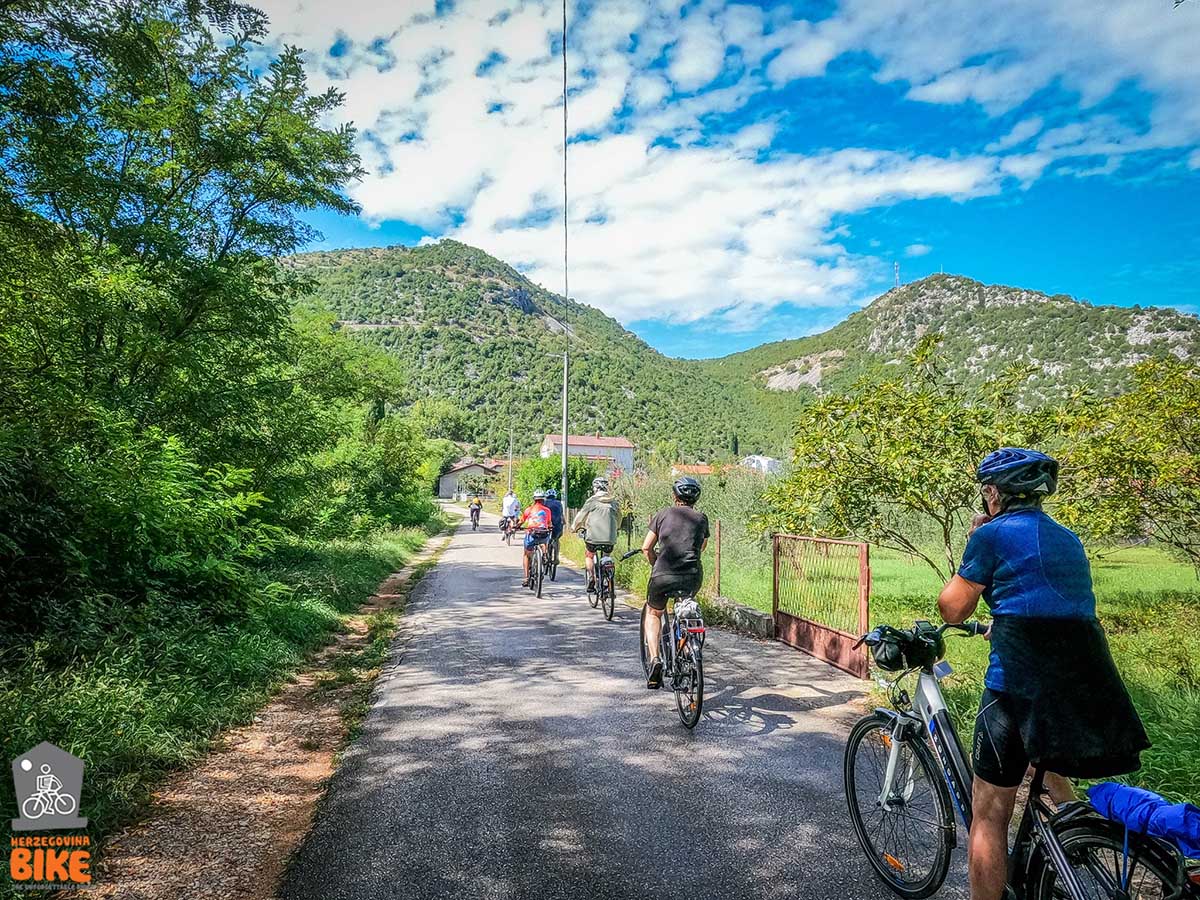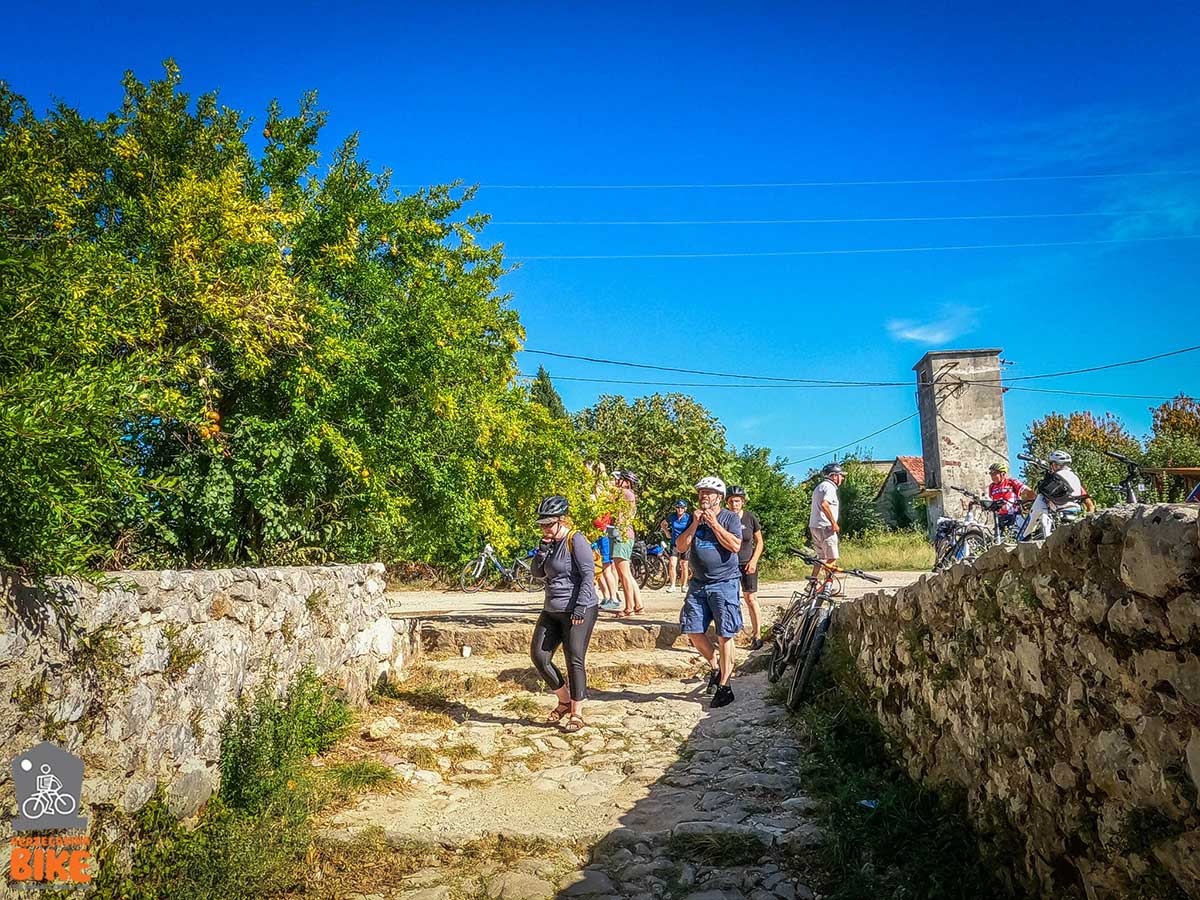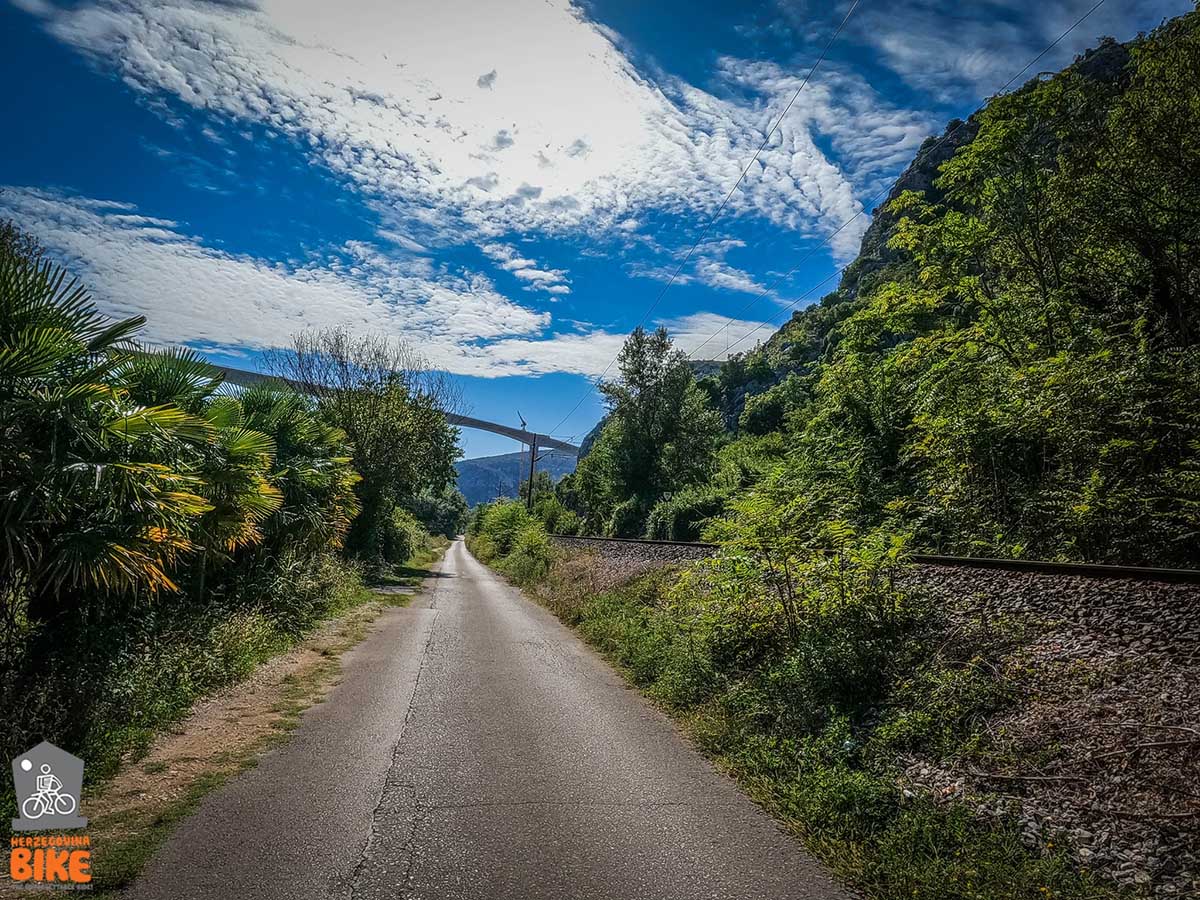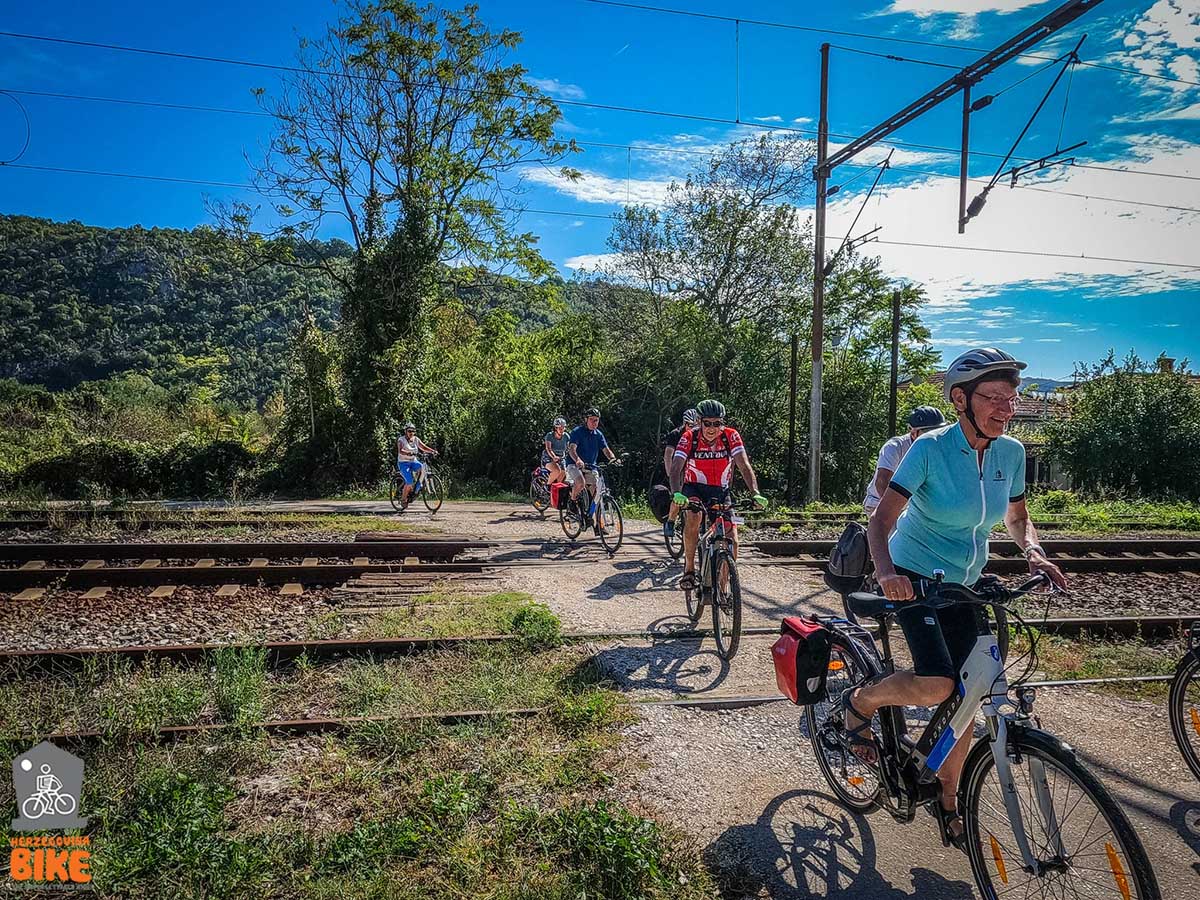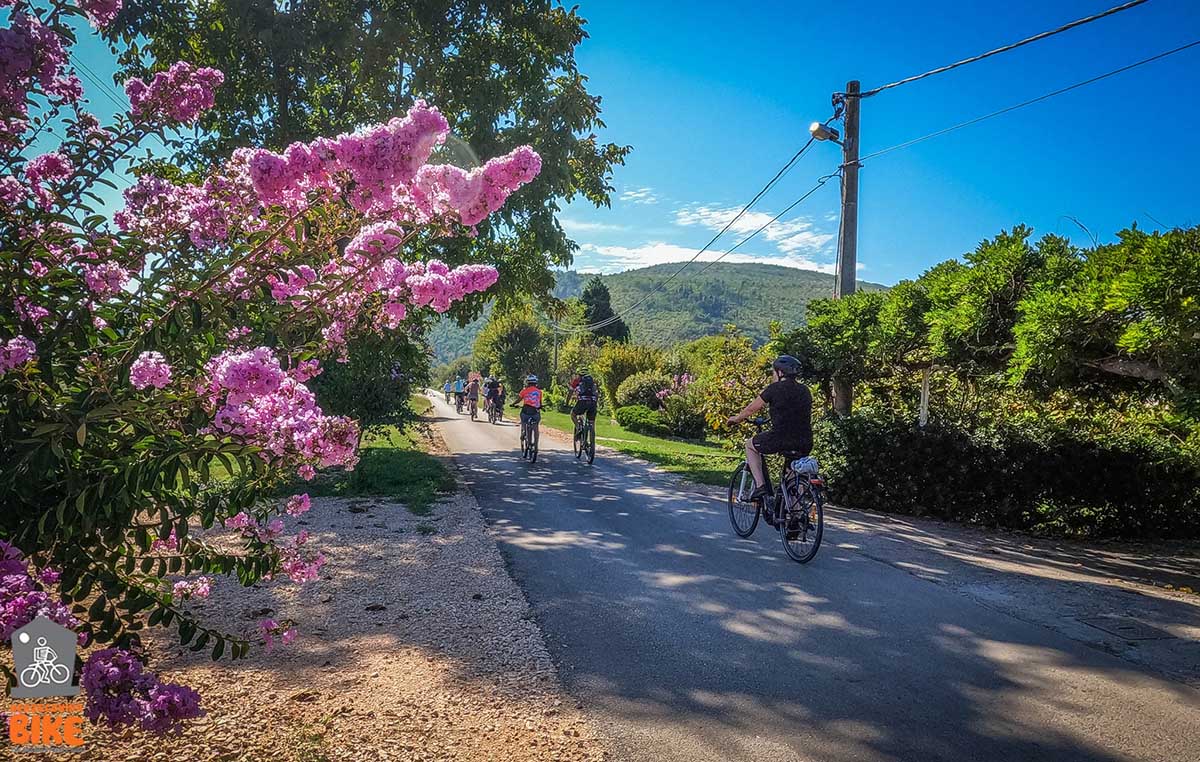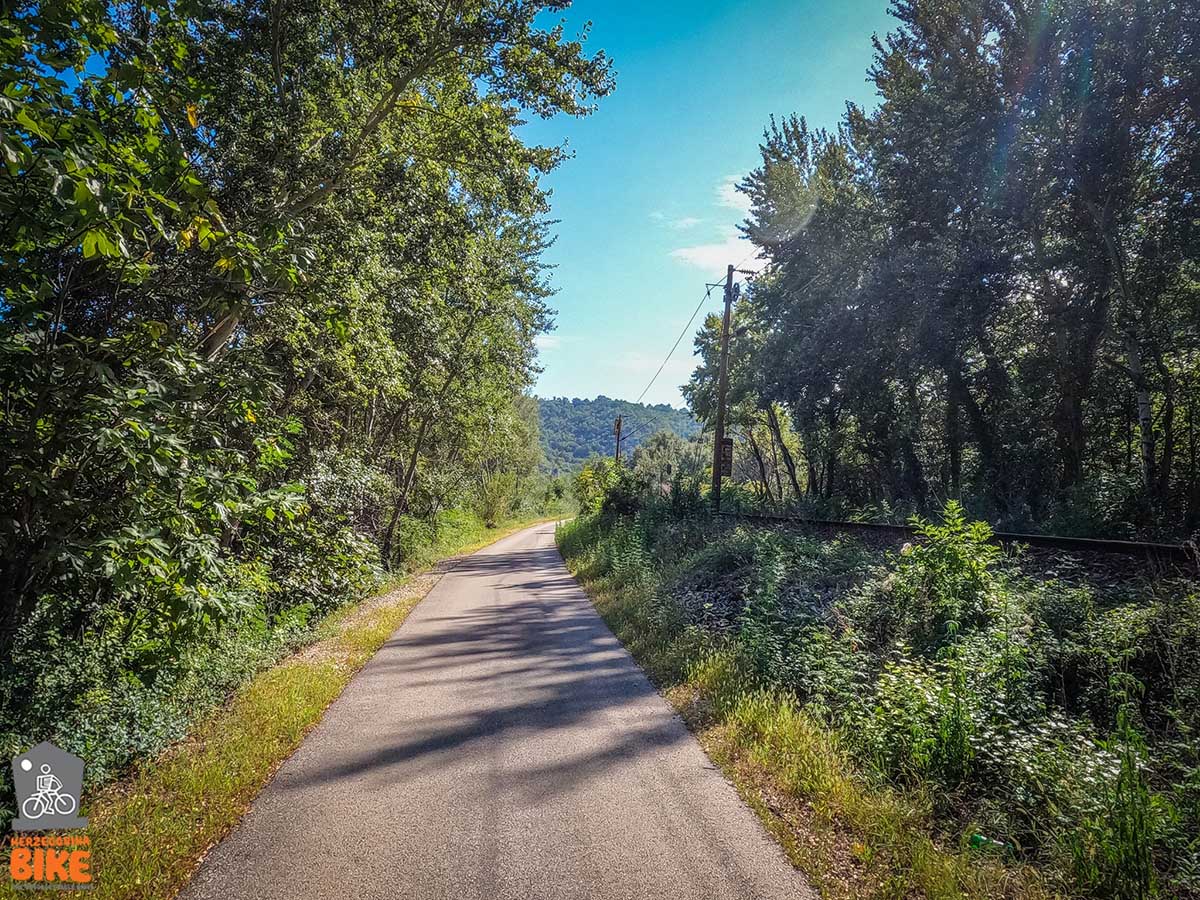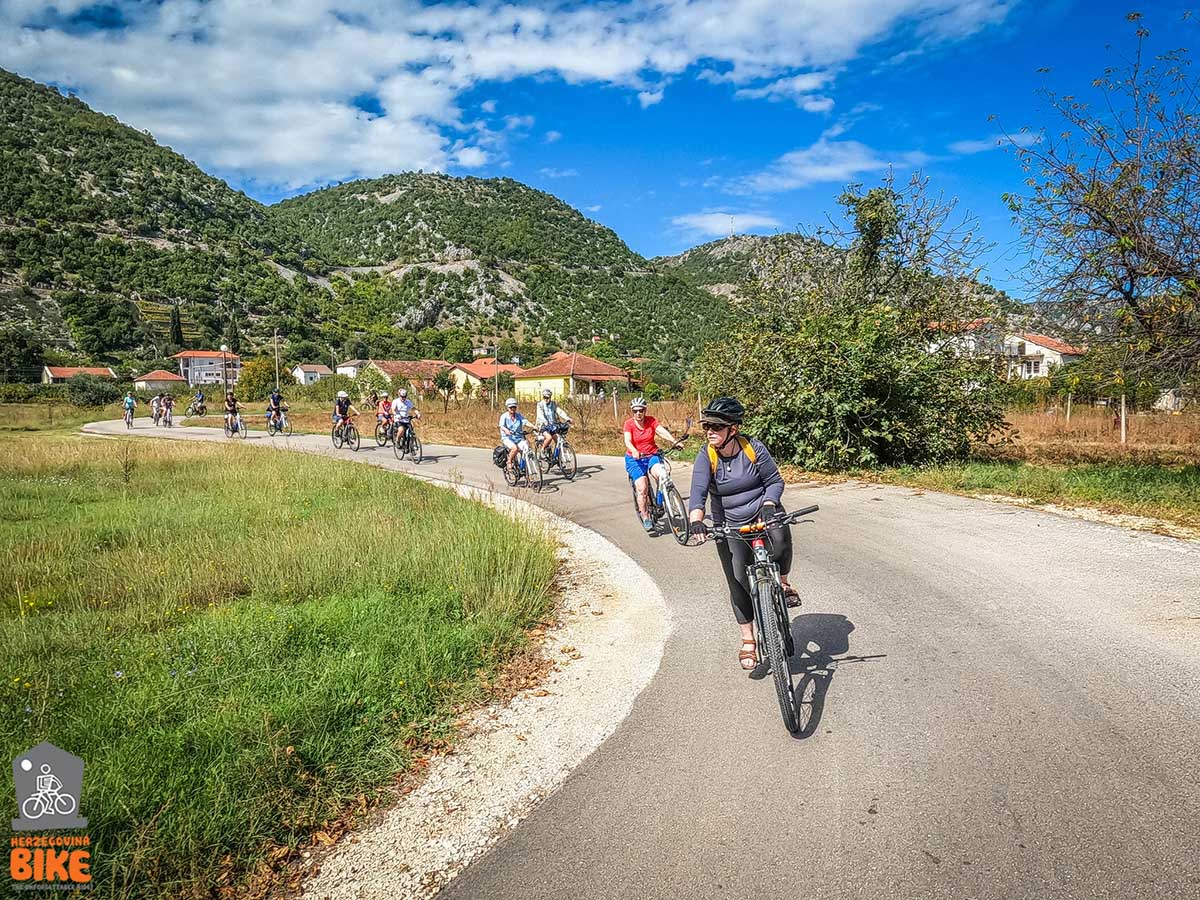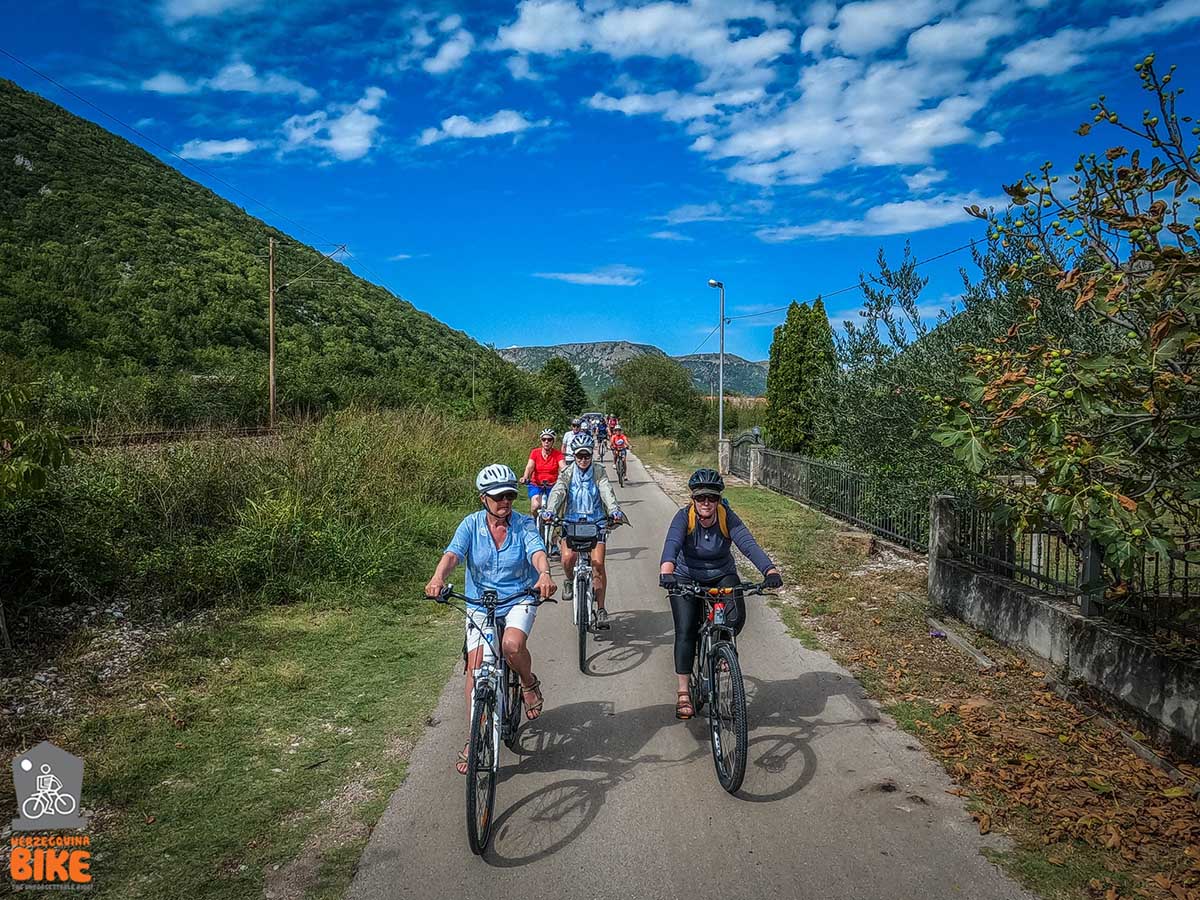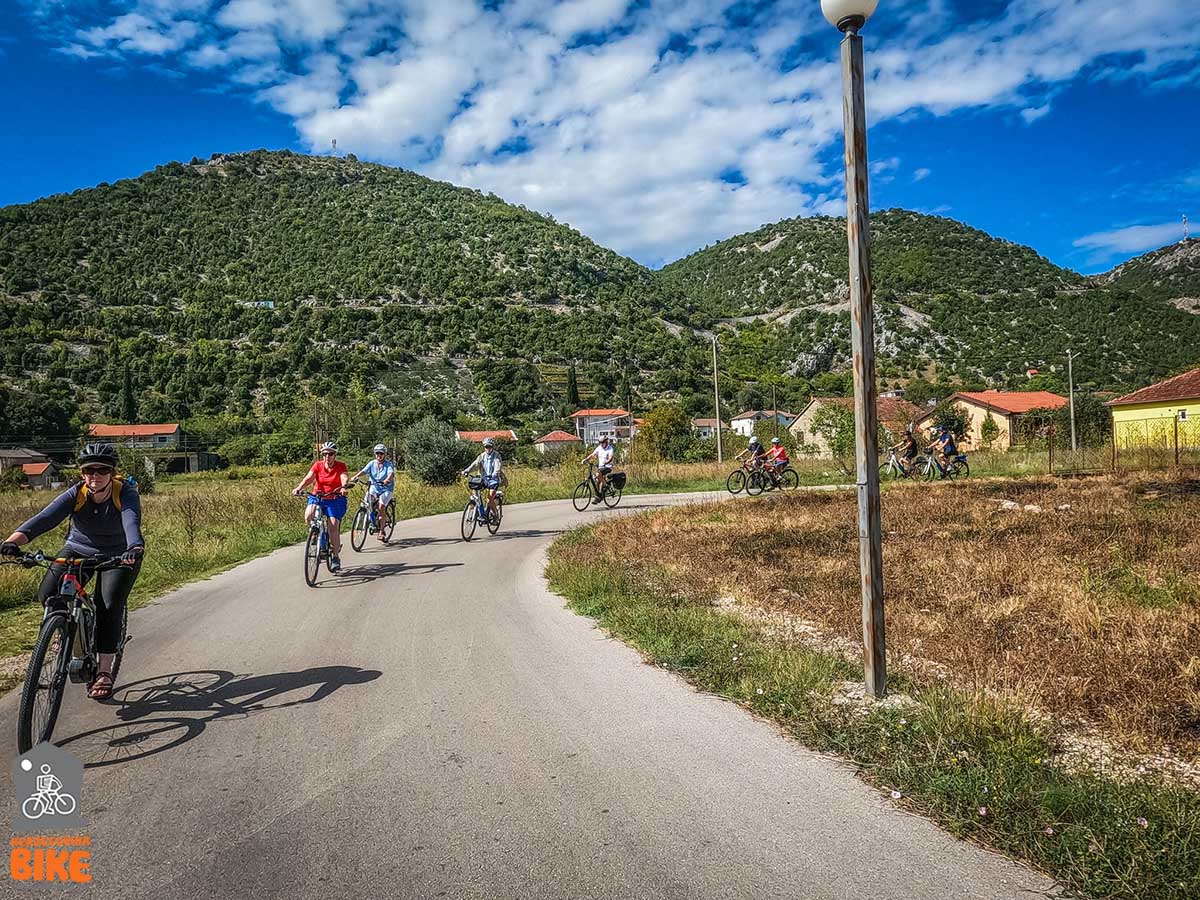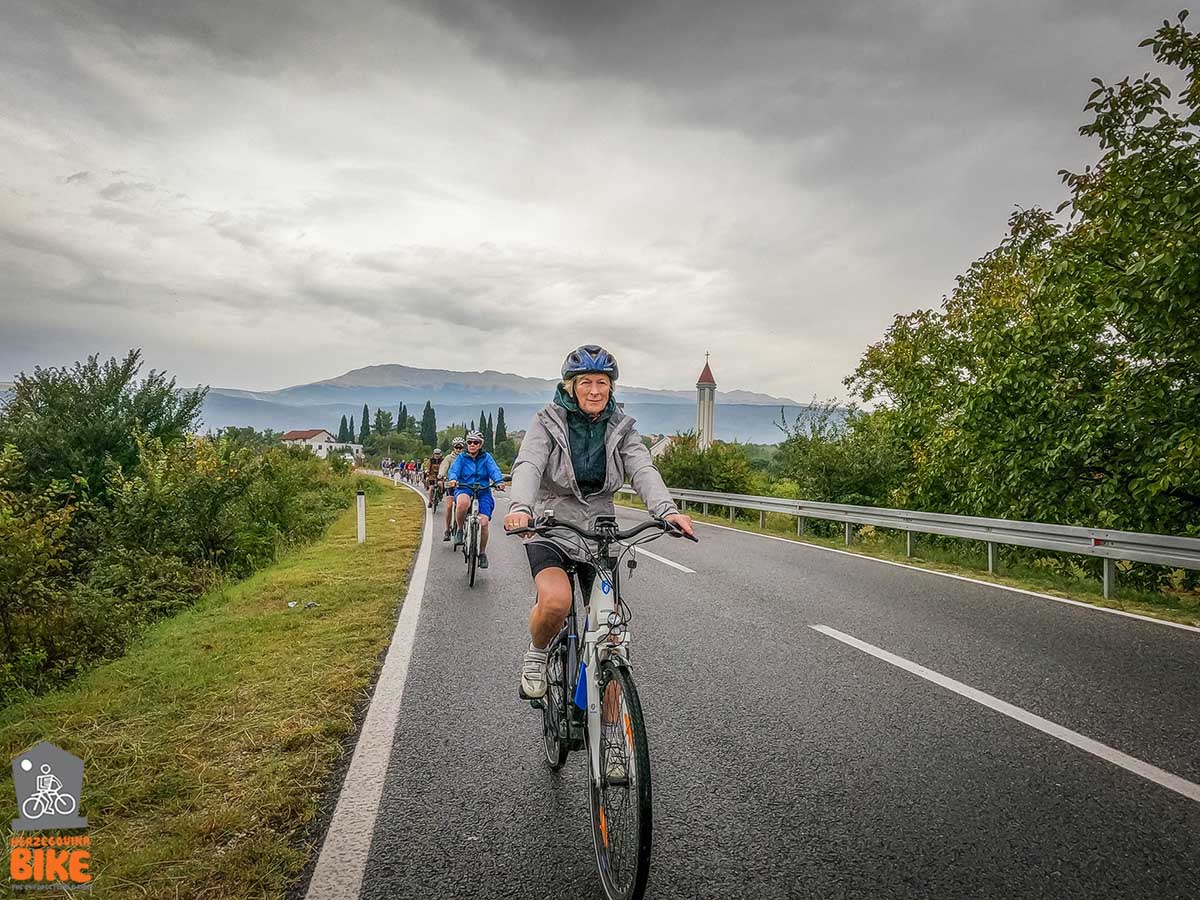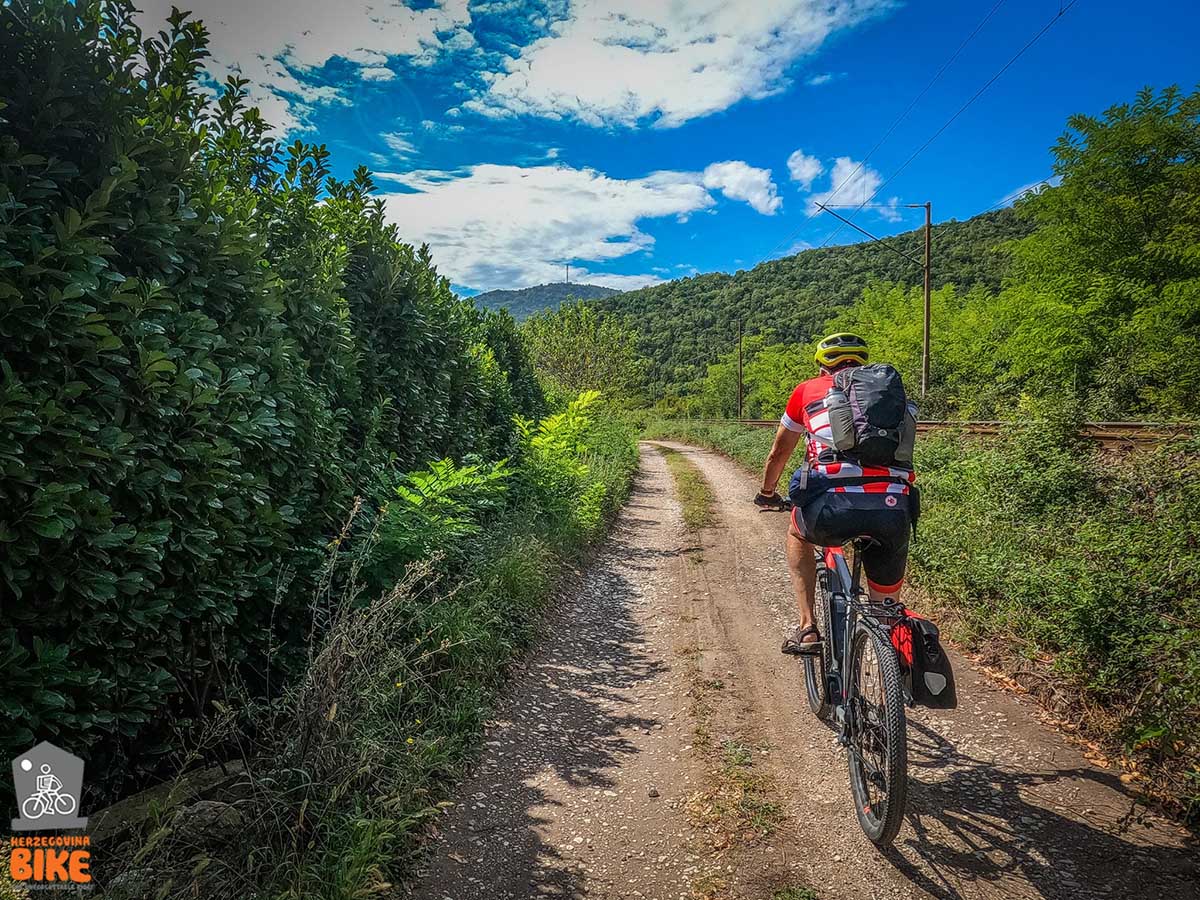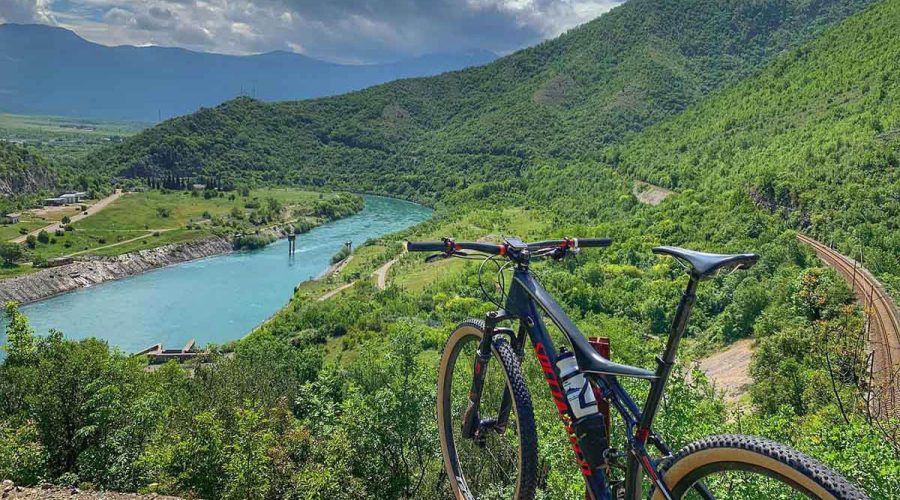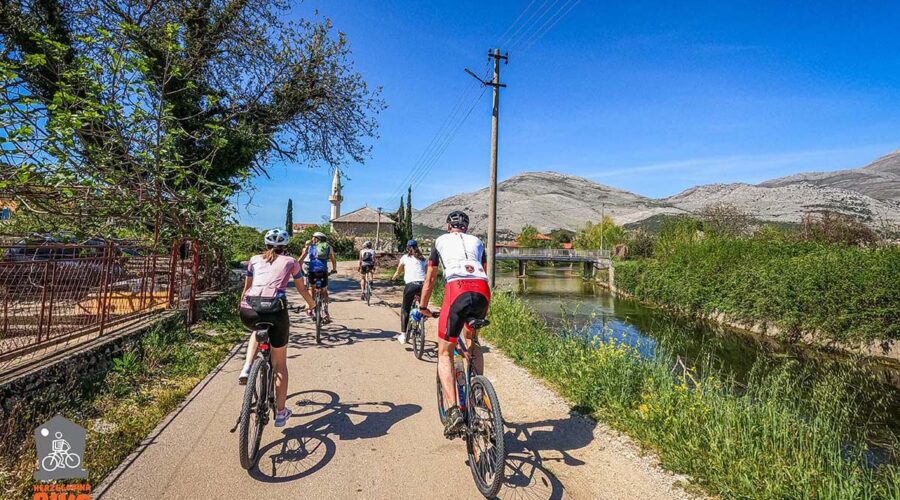Ćiro Adventure: From Mostar to Čapljina
Welcome to the Ćiro Trail, a unique cycling adventure that takes you on a journey filled with history, natural beauty, and cultural heritage in Herzegovina. If you’re looking for an unforgettable experience that blends historical charm with breathtaking landscapes, this is the route that will capture your heart.
The Ćiro Trail cycling path merges history, nature, and adventure, following the route of the former narrow-gauge railway from Mostar to Dubrovnik. Ride along the tracks of the legendary Ćiro and discover landscapes once filled with the sounds of steam locomotives.
About Ćiro and the Railway’s History
Ćiro was a symbol of connection, progress, and daily life in Herzegovina. Built in the late 19th century during the Austro-Hungarian Empire, the narrow-gauge railway linked Metković to Mostar and continued through Popovo Polje, Ravno, and all the way to Dubrovnik. The steam locomotive, with its creaks, whistles, and clouds of steam, brought prosperity and connectivity to the region. Today, the railway has been transformed into a scenic cycling trail, following the historical route and linking cultural landmarks with natural wonders.
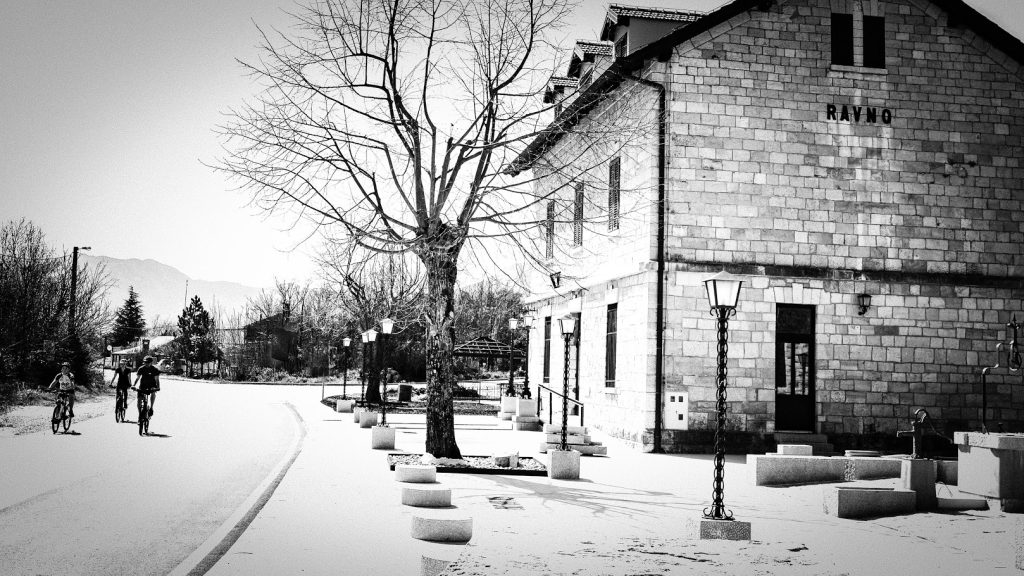
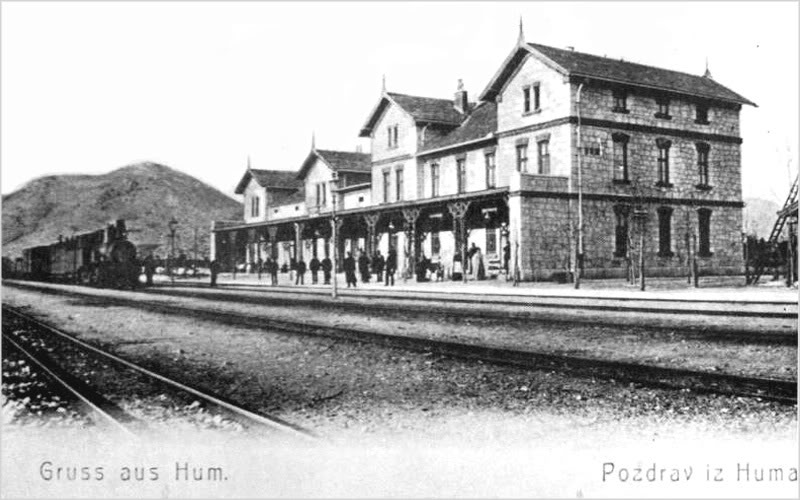
The section of the Ćiro Trail from Mostar to Čapljina is part of this cycling network, guiding you along the Neretva River, through vineyards and historic towns that reflect Herzegovina's rich past and charming present.
Ćiro Trail from Mostar to Čapljina
The route begins at the Spanish Square in Mostar, near the former railway station. The first section leads through the historic Old Town, dominated by the world-renowned Stari Most (Old Bridge), a UNESCO World Heritage site. Moving through Bišće Polje, the trail follows the Neretva River canyon, parallel to the modern railway, offering magnificent views of the Buna River confluence and the striking Bunski Kanali.
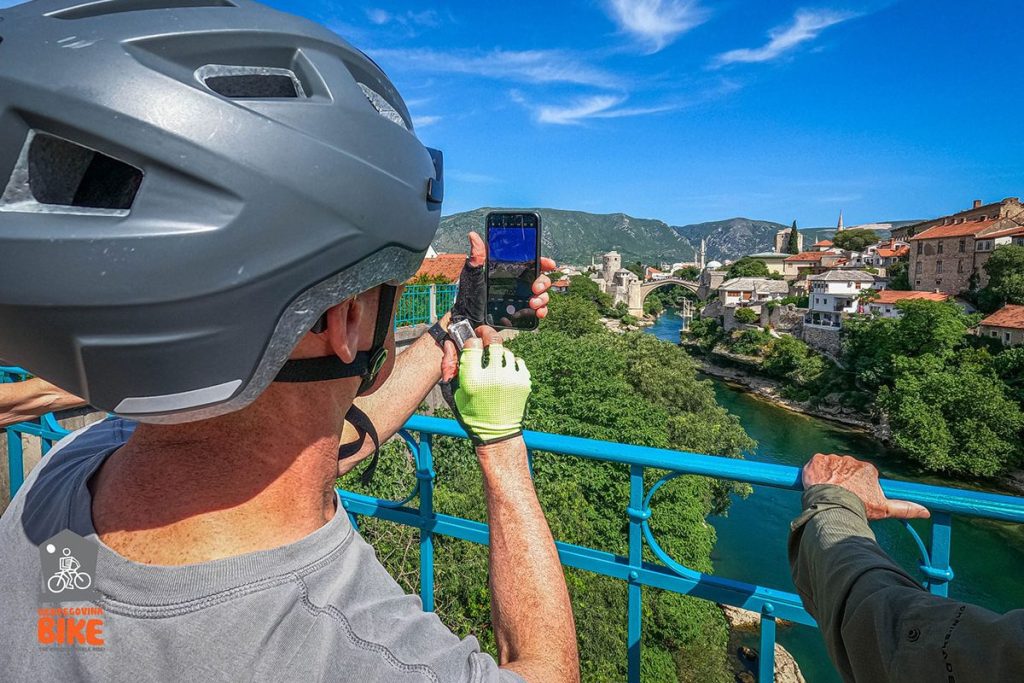
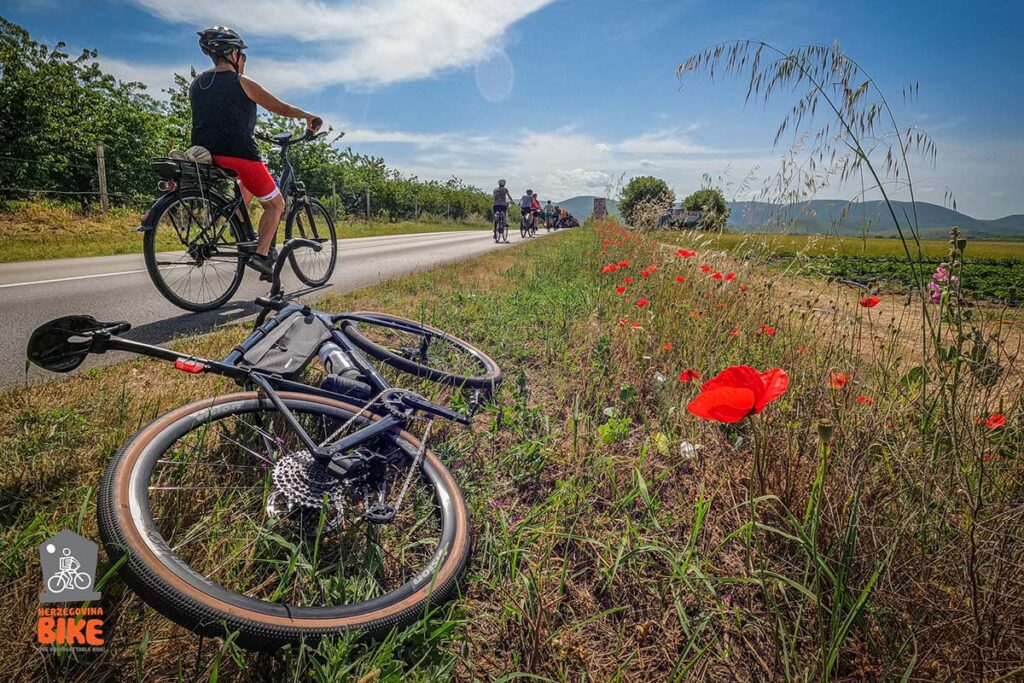
Blagaj, located just five kilometers away, features one of Europe's largest karst springs and a 16th-century Dervish tekke. This place of exceptional beauty and spiritual significance is well worth a visit. Overlooking Blagaj is the medieval fortress of Herceg Stjepan, renowned for its legendary hidden treasure.
Through Čitluk and Čapljina
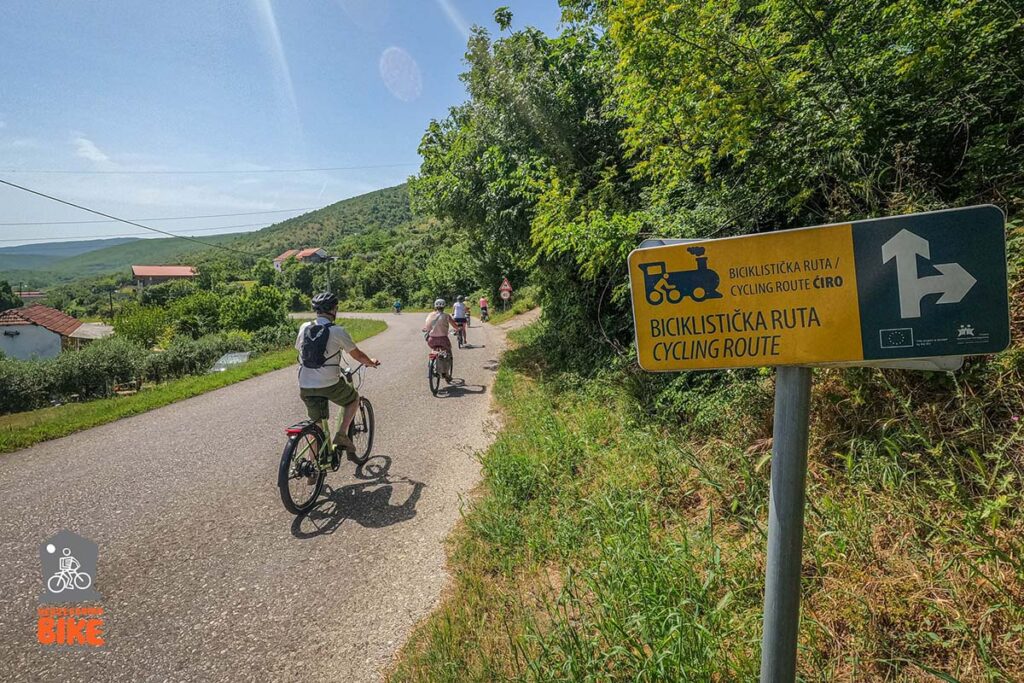
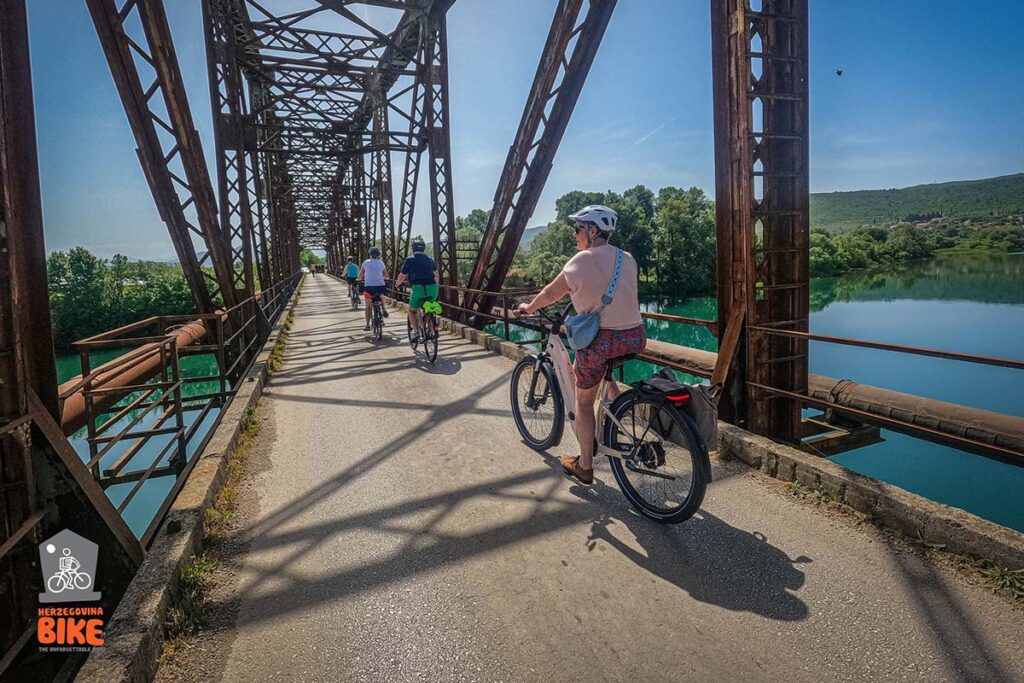
Further along, the route passes the 16th-century Žitomislić Monastery, a significant spiritual and cultural center for the Orthodox community. Near Surmanci, you’ll find a turn-off leading to the famous pilgrimage site of Međugorje. Across the Neretva River rises the picturesque Počitelj, an impressive example of oriental architecture nestled in a natural amphitheater.
In Čapljina, the final stop of this segment, a reminder of Ćiro remains in the form of preserved plane trees at the site of the former railway station. Just a few kilometers away are the spectacular Kravica Waterfalls, a natural gem where the Trebižat River cascades 30 meters down into emerald pools.
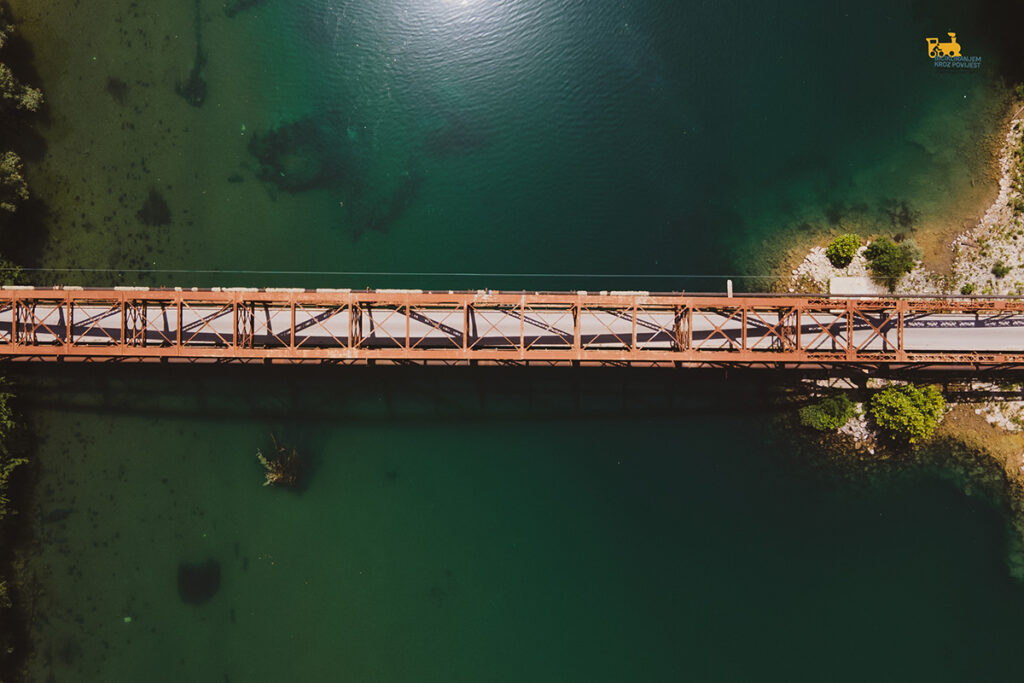
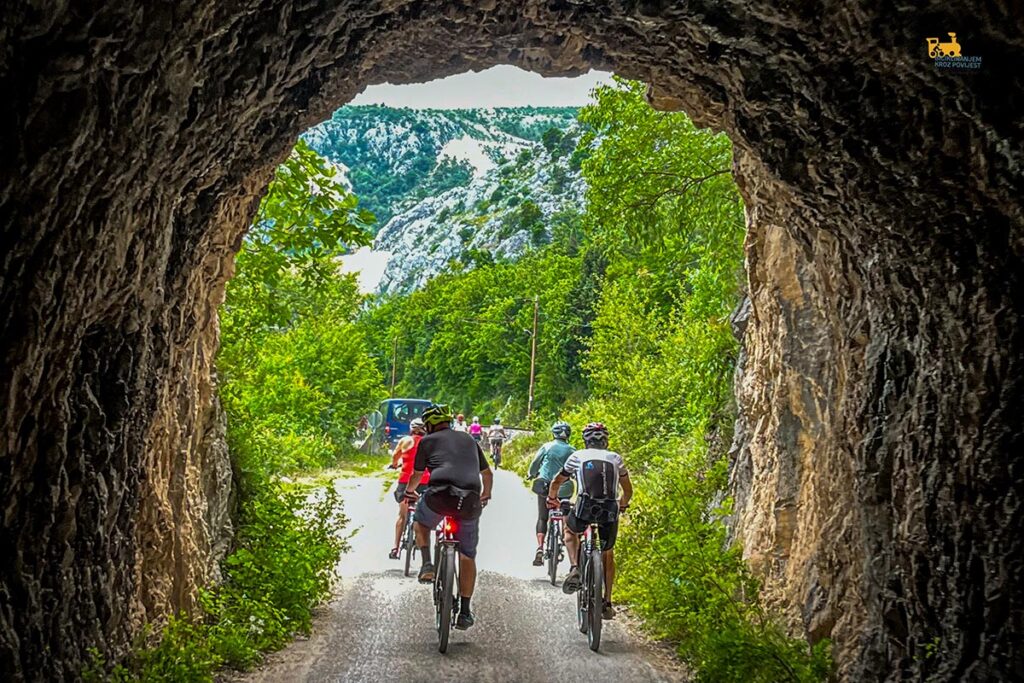
Why Choose the Ćiro Trail?
- History at Your Fingertips: Every kilometer of the Ćiro Trail tells a story of times past.
- Natural Beauty: From the emerald Neretva River to the mystical Buna spring and the Kravica Waterfalls.
- Flexible RoutesSuitable for both road and mountain bikes, with options for asphalt and gravel paths.
By purchasing Navigation Pack for Ćiro Trail, you’ll receive detailed maps, stop recommendations, and information on all the key points along the route. Join an adventure that connects you with the spirit of Herzegovina, leaving you enriched with an experience you’ll never forget.
Ready to ride? Hop on your bike and let your heart embark on a journey through the history and beauty of the Ćiro Trail!













